In pictures: Emika's Berlin studio
The electronic artist and sound designer talks tech
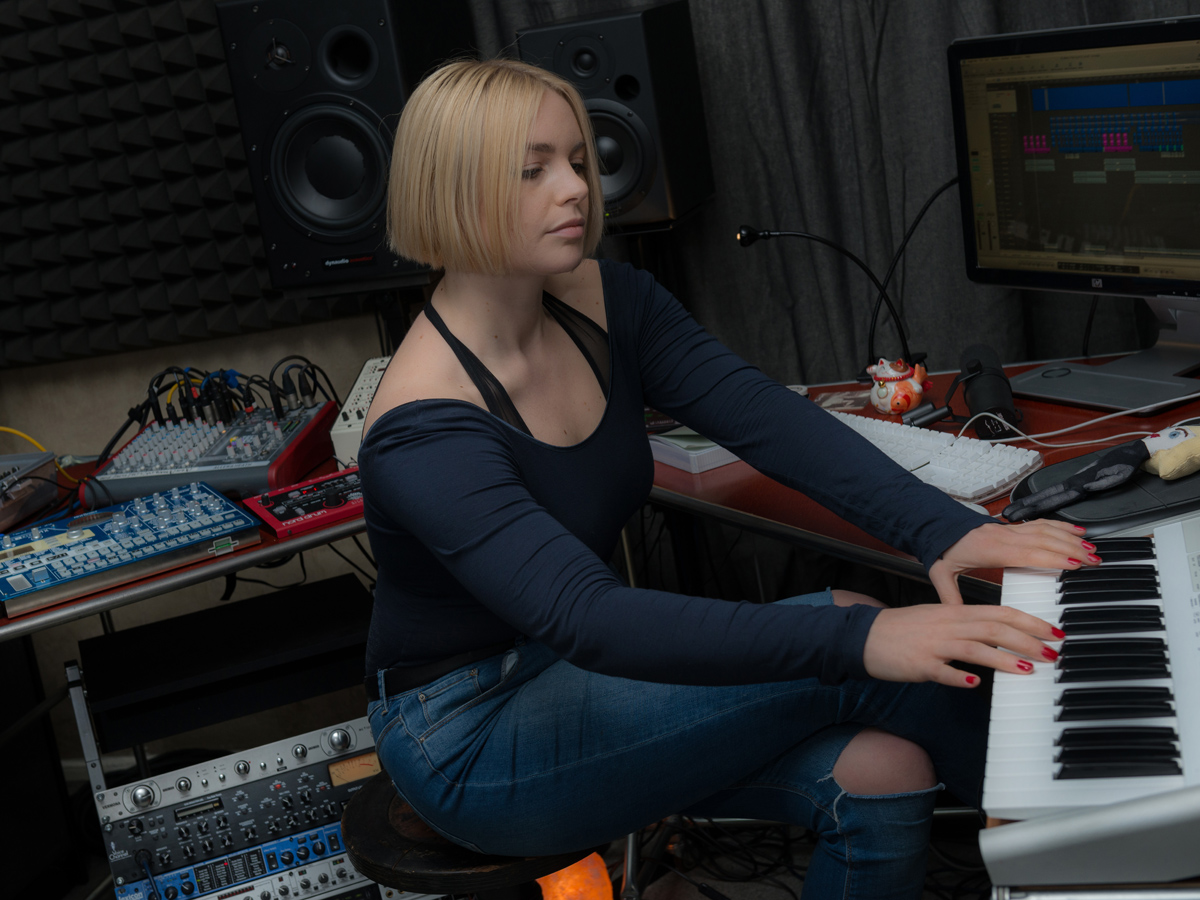
Welcome
While her teenage pals were doing teenage things, Emika (AKA Ema Jolly) was studying computer sequencing and DSP programming.
Then, after an internship with Ninja Tune - a label she later signed to - Emika entered a period of reflection. Moving to Berlin, she began working as a sound designer for Native Instruments before becoming wholly independent, releasing albums Klavírní (2014) and this year’s Drei on her own Emika Records.
We caught up with her in her adopted hometown to talk software, hardware and sound design. For the full interview check out Future Music issue 294, which is on sale now.
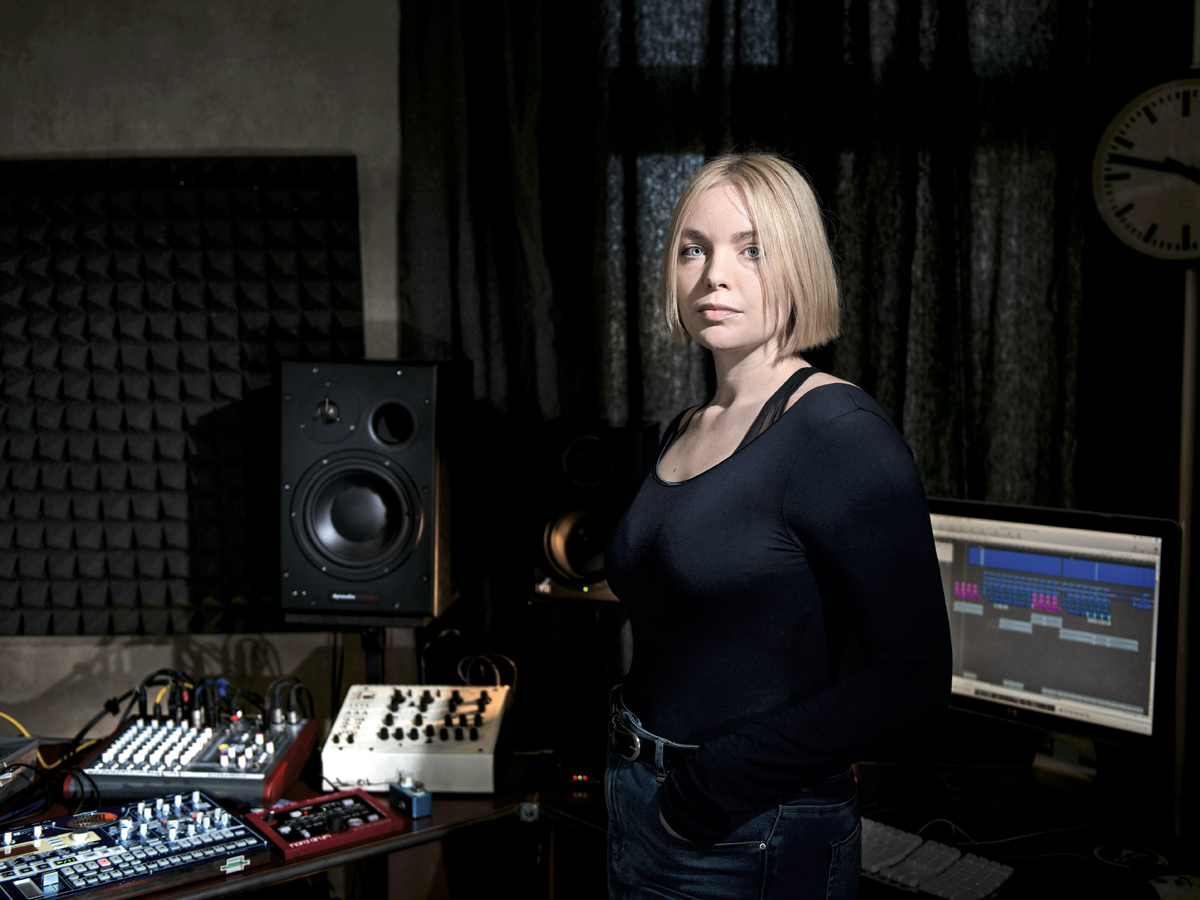
DAWs
“I started with Cubase but just really liked the Logic interface; it’s grey and feels kind of like a notebook to me. I got really deep into Logic using the Environment, so I stuck with it, but I also tried Reason and Fruity Loops.
Now I’m using Ableton for live performing. I have a whole different setup for my live show, and different ones for DJing and the studio, so I have three worlds that I move between.”
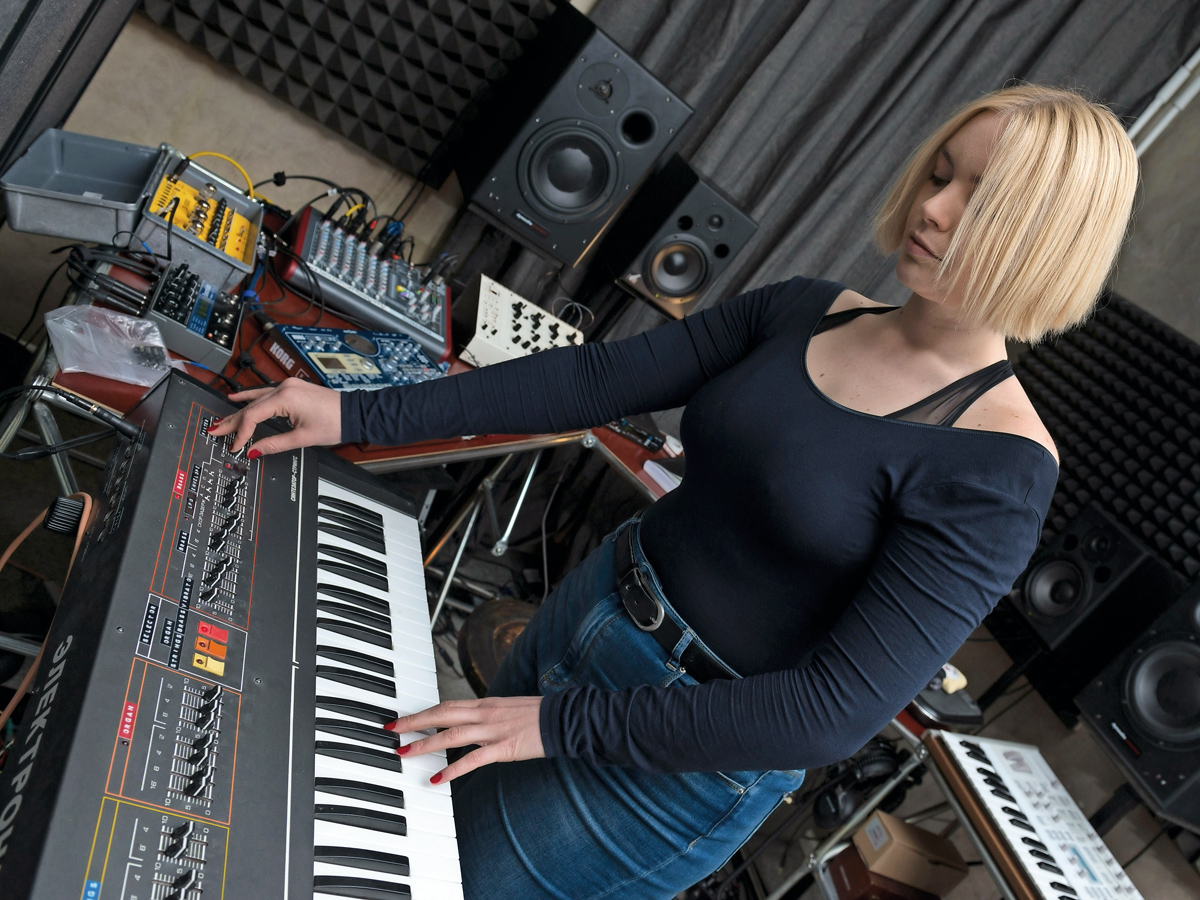
Influences
“I think I make poppy things by accident then the references work themselves backwards from the final product. Living in Bristol, I was very inspired by the trip-hop vibe and the whole DIY sound approach - people like Portishead, Tricky and Massive Attack. Roni Size was doing really cool stuff with a big band on stage and making very electronic records.
“I grew up with the whole UK drum ‘n’ bass and rave scenes, which is why I’m into the whole atmospheric side. Iannis Xenakis is one of my favourite guys that I always go back to when I need some inspiration, because he approaches sound from a much more architectural background. Another guy I love is Denis Smalley, and a crazy guy called Trevor Wishart.
“I was really inspired by IRCAM and all the software they developed; the hard academic stuff from uni is where I learned how important a sound concept is. If you can combine it with a really nice song structure and narrative you can make some really crazy music that’s accessible to more people than doing an avant-garde techno LP.
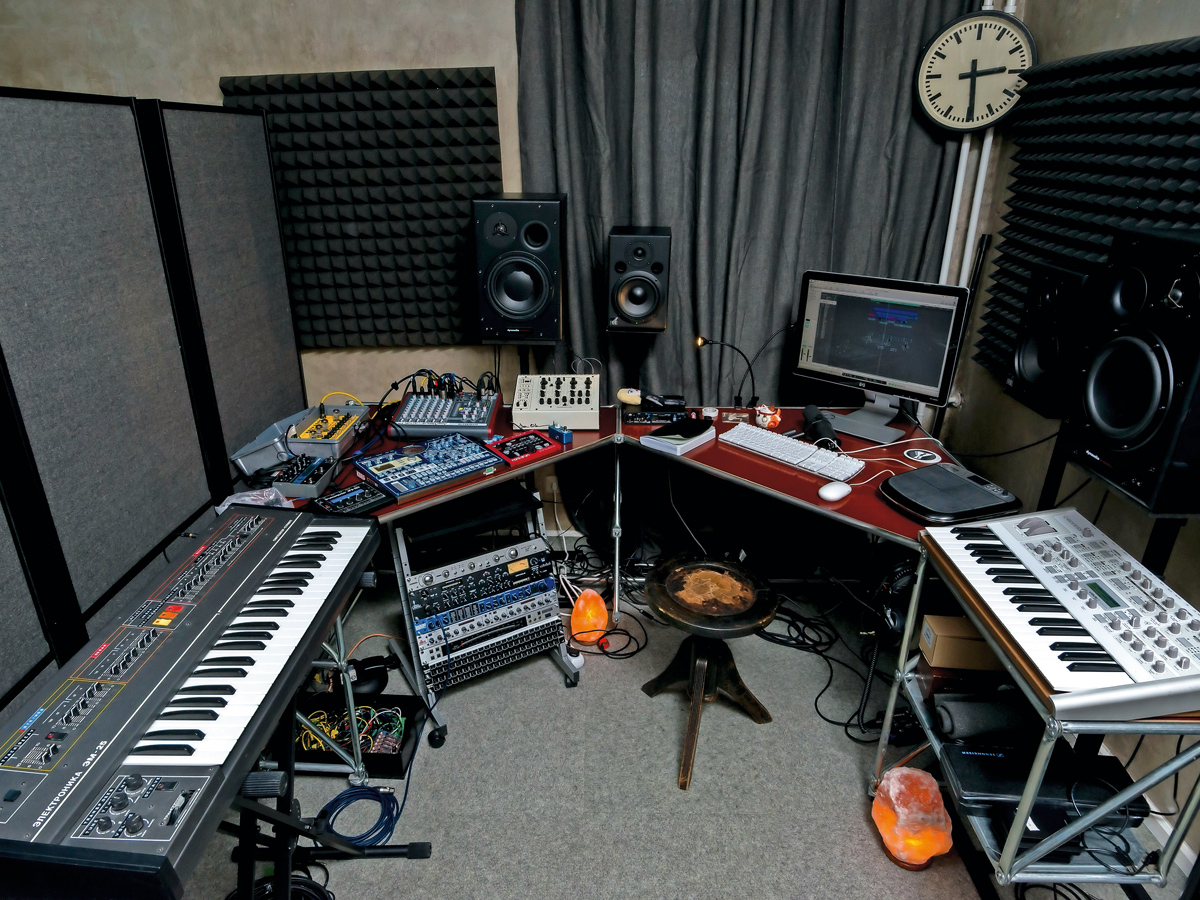
Working for NI
“I got a job there as a sound designer, which was wicked. I basically got in the company when they were developing Maschine. They liked me because I could program beats all day long, so I just sat there and made tons of beats. They also liked the fact that I was a real artist and a lot of my buddies, like Amon Tobin, also wanted to work on the project. A lot of that project was based on external sound designers; there wasn’t much done in-house.
“I got on really well with Mike Daliot, the guy who developed Massive. He’d been working on loads of crazy sounds for years, so I pitched an idea for a bass pack and worked on a really big bass library project. Then I was hired by Traktor as a freelancer to get content made for external producers who were working with the software.
“I learnt through Native about big budgets and deadlines; the tech industry is booming right now in comparison to the record industry.”
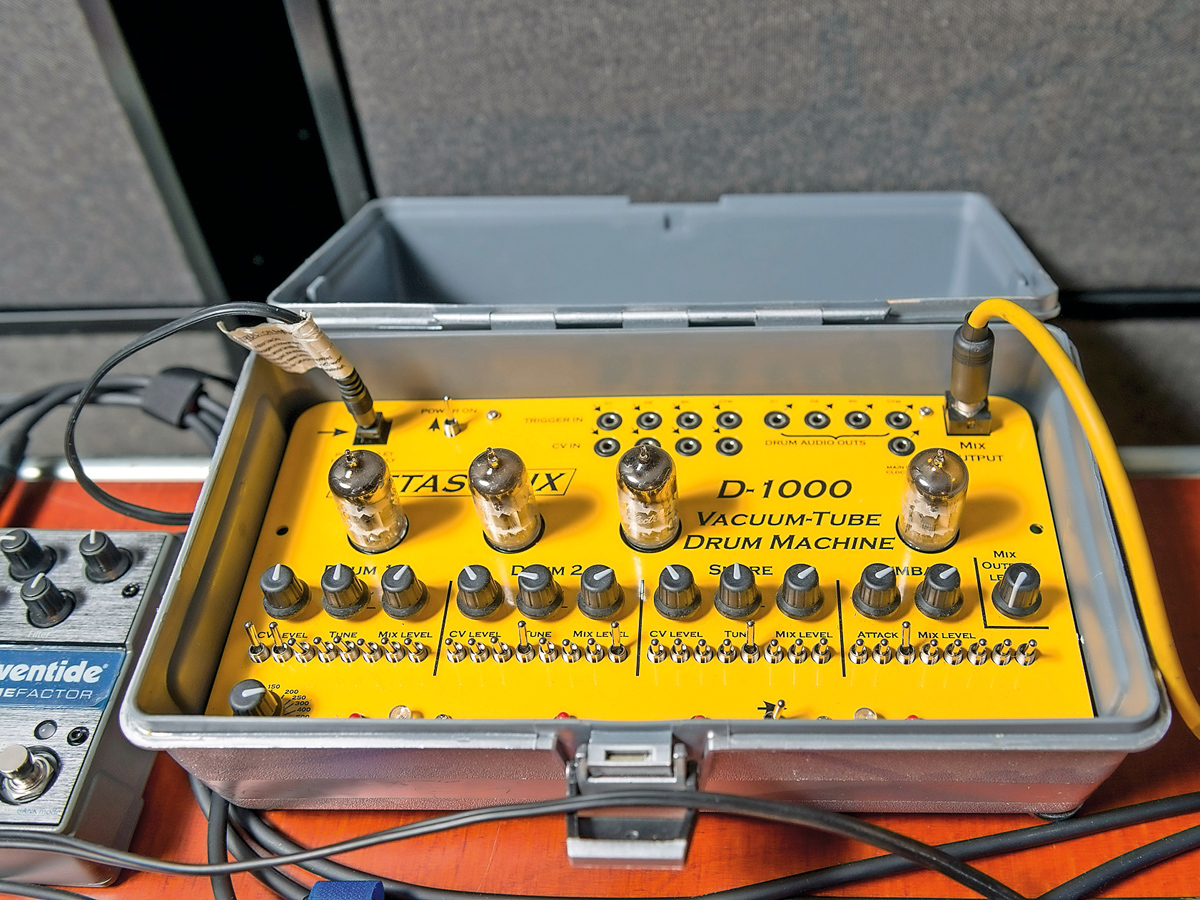
Hardware
“I love the Metasonix D-1000 - it’s a vacuum tube drum machine. I think it’s a little bit sad that they package it as a drum machine, as it’s actually not drums - it’s just voltage and tube valves. They’ve written Drum 1, Drum 2, Snare and Cymbal, but it’s not snare and cymbal at all. So if you kind of ignore what they’ve written on the synth and think about it as playing currents and volts, it’s supercool.
“Then I’ve got a really nice Vermona Action Filter 2, which I think is discontinued now. But my favourite delay is the Eventide TimeFactor, which is like a digital pedal. You can make incredibly complex algorithms and delays and I love it when you can work with stereo fields, setting up different delays for each side and feeding them into each other to make really complex and beautiful delay patterns.
“I think echo is the most amazing thing to work with, more interesting than reverb for sure.”
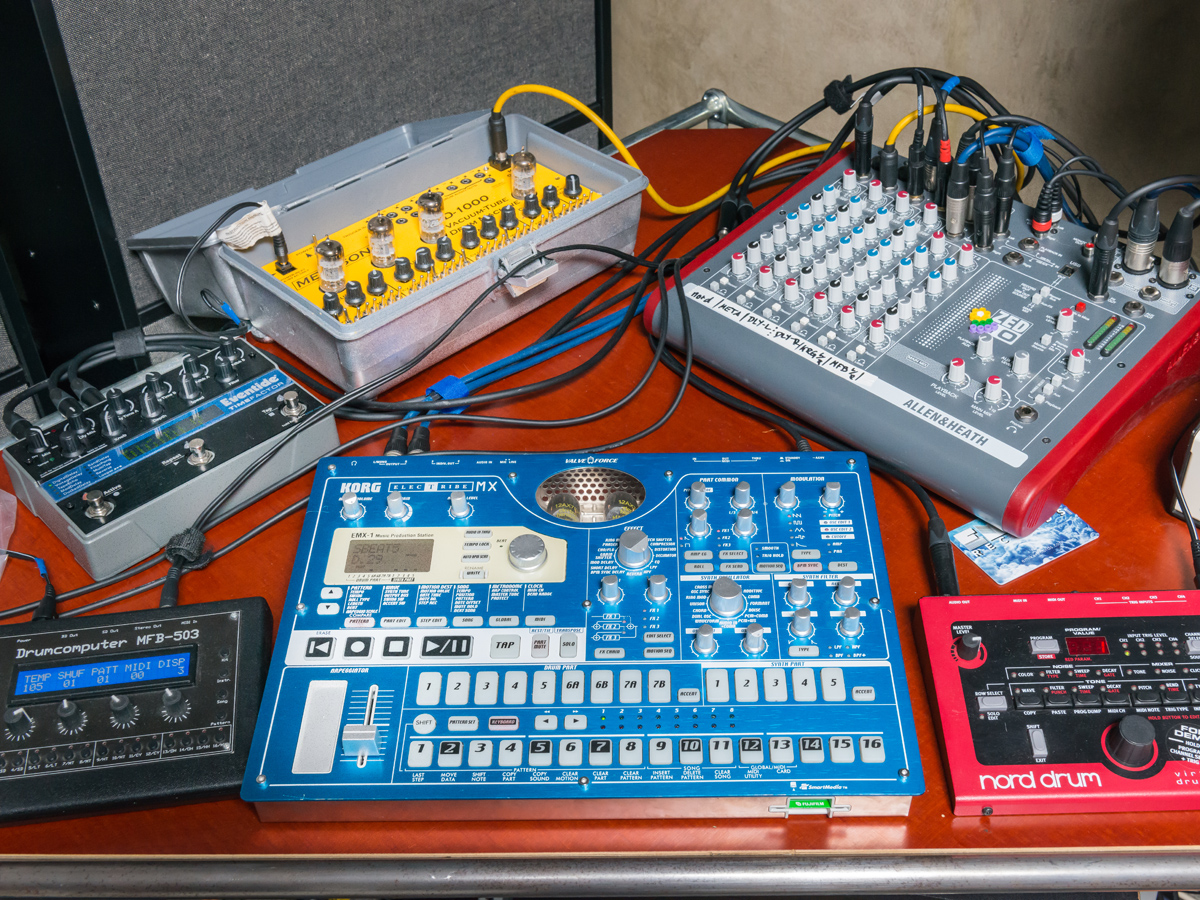
More drum machines
“I’ve got a Nord drum, which I’ve only had about a year, but my favourite drum machine is called the Drumcomputer MFB 503. It has a really wet-less, raw and high output - the only one I’ve found that doesn’t sound like a 909 or 808. It's really cheap and tiny - you can put it in your purse - and it’s really easy to program as well.
“I spent years trying to find a drum machine that didn’t piss me off - something plain that you can shape yourself. Because drum machines are not being developed that fast, we’re stuck with the same ones from the ’80s.”
“I did some sound design for Korg about a year ago and they gave me a Korg EMX Electribe, which is just brilliant. If you wanna understand sound synthesis and waves, definitely use this - you can just pick your wave and learn to hear the difference between each of them, and how to modulate them.”
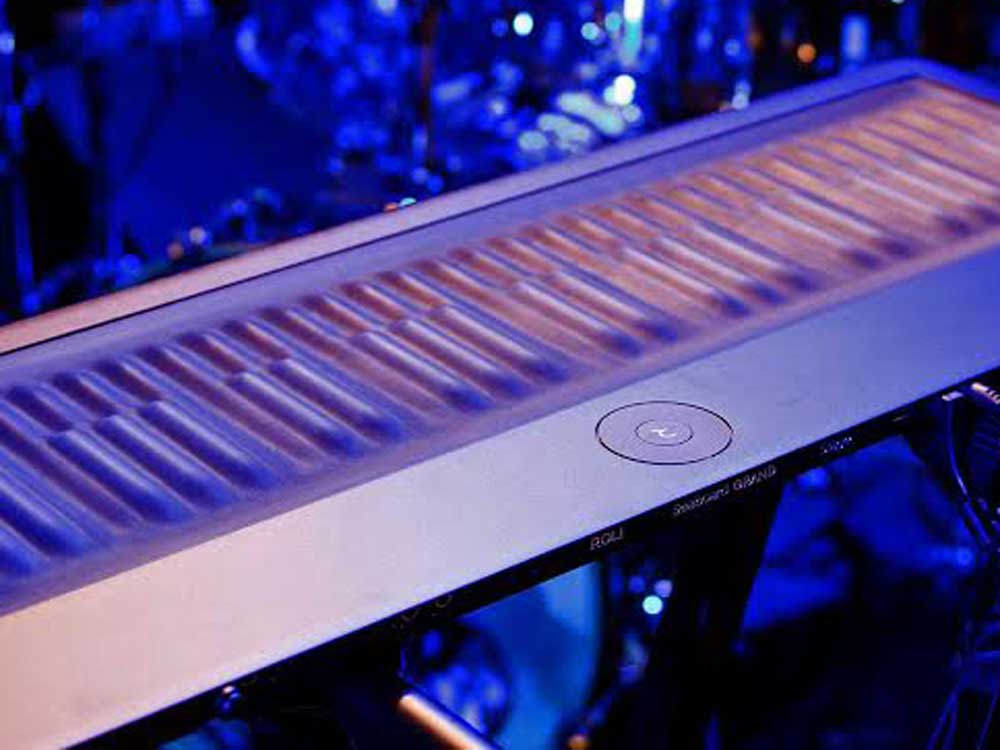
ROLI Seaboard
“The newest thing I’ve got, which is a phenomenal piece of kit, is the Seaboard from ROLI. It’s a little bit like a sex toy [laughs]; a silicone keyboard controller - one black piece of silicone with very abstract key shapes. You can play it like a string instrument, so you can do vibrato on each of the keys, as well as string bends and glissando slides. It’s like four different instruments in one.
“They’re a really interesting company, really fresh, and I’m getting all the latest versions of their software to work with. I’m going to make some presets for them, which is so exciting because I love it when a company is new and everything is possible.”

Future Music is the number one magazine for today's producers. Packed with technique and technology we'll help you make great new music. All-access artist interviews, in-depth gear reviews, essential production tutorials and much more. Every marvellous monthly edition features reliable reviews of the latest and greatest hardware and software technology and techniques, unparalleled advice, in-depth interviews, sensational free samples and so much more to improve the experience and outcome of your music-making.











